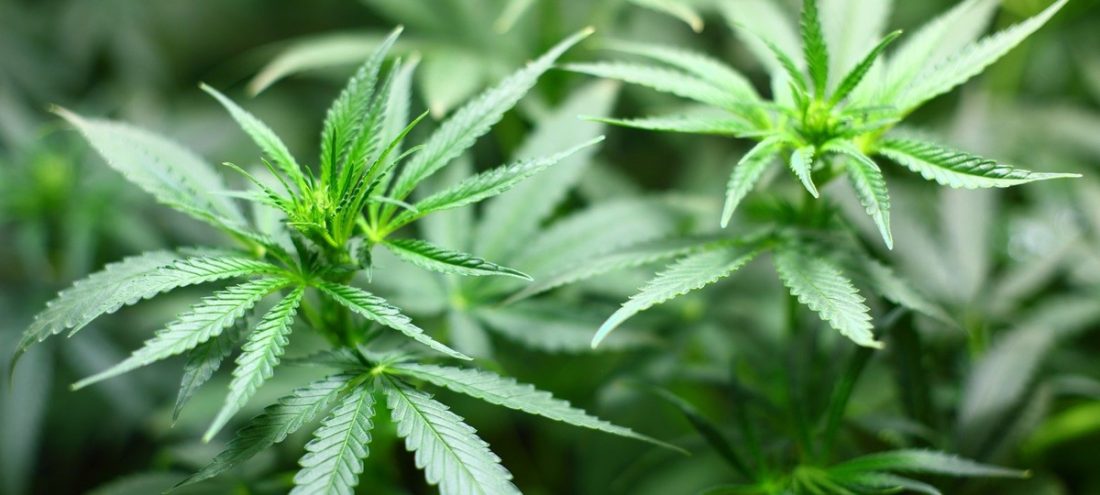Why hasn’t legal weed killed the illegal market?

Legal marijuana is becoming the norm in America. Nineteen states have legalized recreational cannabis, and 36 allow medical use. In all five states where liberalization was on the ballot in November, voters supported it — even in such conservative states as South Dakota and Mississippi. One in three Americans now lives in a place where adults can legally buy weed just because they feel like it.
The shift has come about for a couple of main reasons. The first is that more than half of Americans have used cannabis, and people know from experience it’s not a demon drug. The second is that the national war on drugs, launched half a century ago by President Richard Nixon, has proven utterly futile in preventing such use.
There are other good reasons behind the change in laws and attitudes. By fostering a huge black market, pot prohibition rewarded street dealers, criminal gangs and foreign drug cartels. It also exposed users to a product that may be contaminated with harmful ingredients. Legalization promised to dry up the illicit trade, ensure safer products and force weed merchants to find honest work.
But it has fallen short of that promise. In Illinois, where the first legal recreational dispensaries opened on Jan. 1, 2020, black market sales reportedly remain bigger than legal ones. In Massachusetts, the illegal market is estimated to be twice as large as the state-sanctioned sector. Californians have supported a thriving underground trade.
All this may be taken to prove that legalization was not the solution it was advertised to be. But what it really proves is that undoing the effects of an ill-advised and long-entrenched policy is not an overnight project. The unwanted effects of the war on marijuana, like the effects of most wars, take years to subside.
If you’ve been buying weed from a reliable supplier for years, you may feel some loyalty to someone who’s risked jail for you — and you may be perfectly satisfied with the product you’ve been getting. Many veteran consumers feel no urgent need to put their friendly neighborhood dealer out of work.
Pot users often have another incentive to avoid state-licensed outlets: cost. One of the attractions of legalization for state governments was the chance to tax cannabis sales to boost revenue. Since permitting recreational marijuana in 2014, Colorado has reaped $1.6 billion in taxes on cannabis. Illinois took in $175 million last year.
But those taxes have a downside: higher prices to get high. Illinois has among the stiffest levies of any state, ranging from 10 percent to 25 percent, on top of a 7 percent wholesale tax. Washington state has a 37 percent retail sales tax. These charges create a generous space in the market for sellers who laugh at tax laws.
Regulation is another hurdle for legal suppliers. One big problem is the scarcity of dispensaries. The entire state of Illinois, which has a population of nearly 13 million, has only 110 legal outlets for recreational cannabis — compared to more than 1,300 liquor stores. California’s United Cannabis Business Association reported that the state has three times as many black-market suppliers as legal ones.
It’s not just state governments that restrict the number of places where weed users can make purchases. So do local governments. Many cities and villages in Illinois have banned recreational cannabis dispensaries. Some 80 percent of the municipalities in California have refused to allow pot shops. Lynda Hopkins, a Sonoma County supervisor, told The New York Times, “In California we’ve done what we always do — regulate, regulate, regulate.” But pretty much every community has illicit dealers.
Oregon, by contrast, tried to make licensing cheap and easy. As a result, it has more legal dispensaries than California, which has eight times as many people. “If you’re an Oregonian living in a town or county with legal pot and you want to buy marijuana, there is no reason to shop illegally,” wrote Natalie Fertig in Politico.
The federal government doesn’t help by continuing to outlaw marijuana, which creates headaches for legal outlets by limiting their access to the banking system. The federal ban also prevents farmers from growing cannabis to ship to other states, which would strengthen the legal trade. And most states still allow only medical marijuana.
For now, our national venture into legal recreational cannabis is young and only partial — and so far, it’s only a partial success. That beats complete prohibition, which was a complete failure.
420 Intel is Your Source for Marijuana News
420 Intel Canada is your leading news source for the Canadian cannabis industry. Get the latest updates on Canadian cannabis stocks and developments on how Canada continues to be a major player in the worldwide recreational and medical cannabis industry.
420 Intel Canada is the Canadian Industry news outlet that will keep you updated on how these Canadian developments in recreational and medical marijuana will impact the country and the world. Our commitment is to bring you the most important cannabis news stories from across Canada every day of the week.
Marijuana industry news is a constant endeavor with new developments each day. For marijuana news across the True North, 420 Intel Canada promises to bring you quality, Canadian, cannabis industry news.
You can get 420 Intel news delivered directly to your inbox by signing up for our daily marijuana news, ensuring you’re always kept up to date on the ever-changing cannabis industry. To stay even better informed about marijuana legalization news follow us on Twitter, Facebook and LinkedIn.




